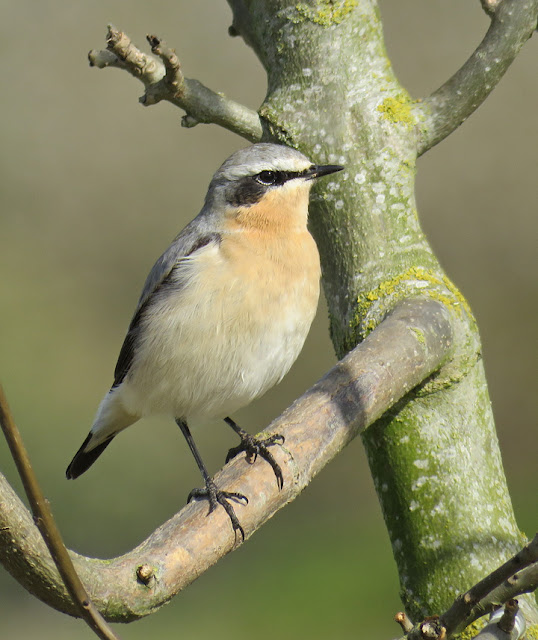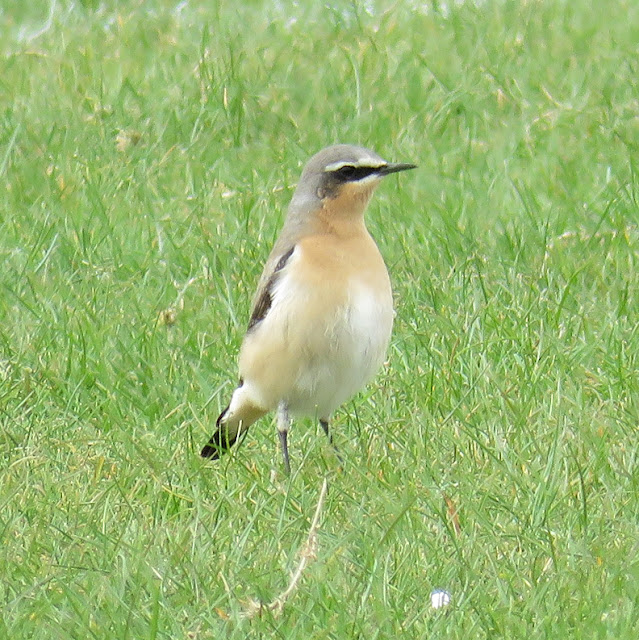Pom's past the post

There are thirty birders in this photograph, (taken this morning at Dungeness by Owen Leyshon), and most probably a further 10 inside the hide. They are sea watching - or, to be more precise, they are hoping to see a Pomarine Skua. Dungeness is famous for its spring Pom passage, from late-April until mid-May, an avian spectacle that was first 'discovered' in the 1960s and has been avidly awaited in each subsequent year. No two years are the same - the weather dictates what will happen to a large extent, and the current state of the Pomarine Skua population is another aspect that needs to be factored in. There are consequently good years for numbers, and on the flip side, bad years. The passage may start early or late, and also peak early or late. But what has been a constant over the years is the increase in the number of birders who come along to sample it. If we go back to the mid-1970s and 1980s, when I was an avid Dungeness regular (and sea watching was a passion of mi...










